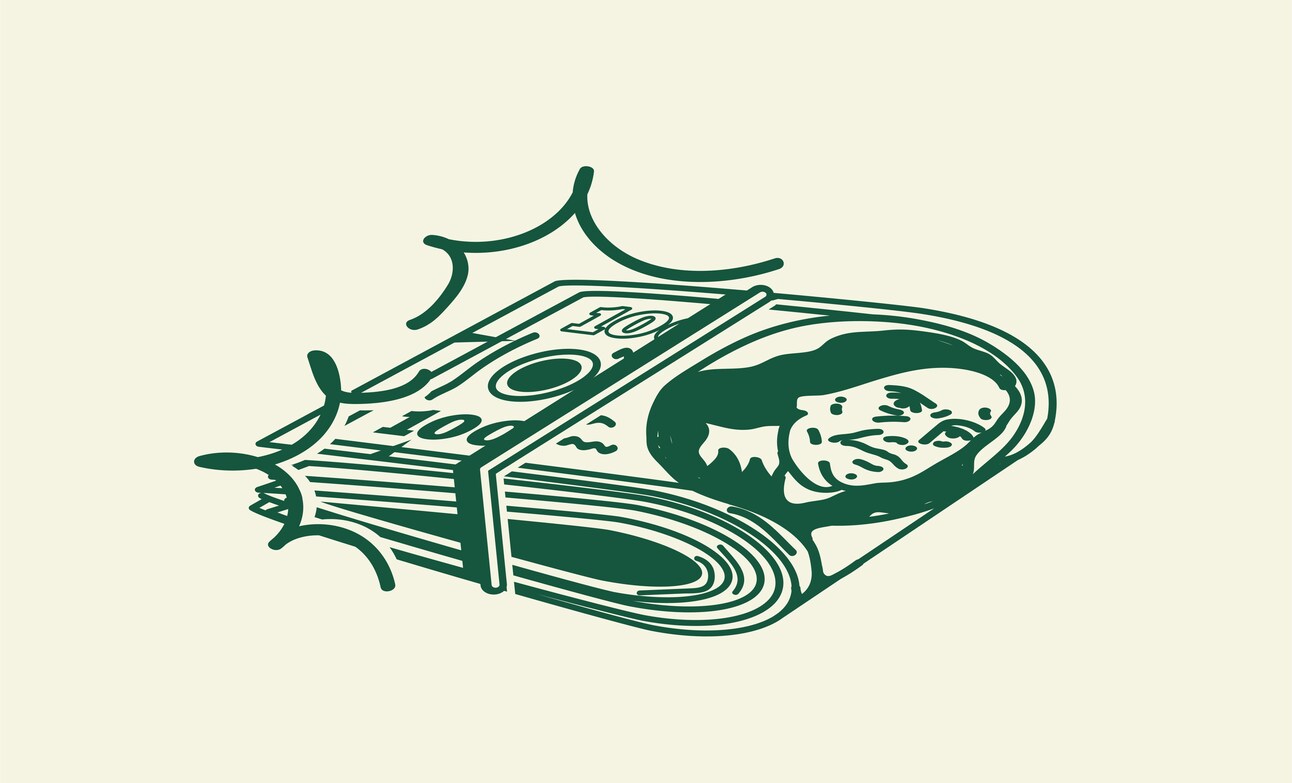Having a financial safety net is essential, no matter your current situation. An emergency fund is crucial in case of job loss, and savings help with major life milestones like buying a home. However, once you’ve accumulated enough savings, it’s time to consider investing to grow your wealth.
Before taking the plunge into the stock market, it’s important to evaluate your financial stability. CNBC Select consulted certified financial planners (CFPs) to establish general guidelines for knowing when you’re ready to invest. The key takeaway? You should have sufficient accessible cash before assuming market risks.
Experts suggest going through a “mental checklist” to determine your financial stability. If you can confidently answer “yes” to the following three questions, then you may be in a good position to start investing.
Do you have an adequate emergency fund?
Before investing, ensure you have enough cash set aside for emergencies. Experts recommend prioritizing short-term savings and only investing surplus cash. A high-yield savings account is ideal for this purpose, offering risk-free returns and easy access to funds.
“An FDIC-insured savings account is nearly risk-free for short-term savings and is not subject to market fluctuations,” says Sebastian Rollén, a senior investing researcher at Betterment.
The size of an adequate emergency fund depends on job security and income stability. Certified Financial Planner (CFP) Gordon Achtermann provides these guidelines:
- Three months of expenses: For couples with two incomes and secure jobs.
- Six months of expenses: For couples with less stable jobs or one income source.
- One year of expenses: For individuals with a single, less secure income.
Besides emergencies, high-yield savings accounts also serve as an “opportunity fund” for planned financial milestones. Bryan Kuderna, a CFP and author of Millennial Millionaire, says, “A high-yield savings account can be a rainy-day fund but also an ‘opportunity fund’ for sunny days.”
Are you willing to leave the money in place for 2-5 years?
If your financial goals extend beyond two years, savings accounts may not be the best place to keep your money. Even high-yield accounts provide relatively low returns, sometimes failing to keep up with inflation.
“If a savings account has a lower interest rate than inflation, the purchasing power of the cash will decrease over time,” says Rollén. Investing offers higher returns over the long run, though it comes with some level of risk.
A diversified investment portfolio typically yields better returns than savings accounts. “Placing the cash in a well-diversified, low-cost investment portfolio could provide a greater likelihood of reaching the investment goal,” Rollén adds.
Exchange-Traded Funds (ETFs) are a popular choice for new investors. These funds track stock indices, such as the S&P 500, and allow investors to spread risk across multiple stocks. ETFs are widely available through platforms like Betterment, Wealthfront, Vanguard, Fidelity, Charles Schwab, and TD Ameritrade.
Can you handle market fluctuations?
Investing involves risk, and the stock market experiences highs and lows. If you need the money within two to three years, keeping it in a savings account is safer. For long-term goals, however, investing can yield better returns.
“If you have a longer horizon, then you may be able to handle the volatility,” says Scott Cole, an Alabama-based CFP. “What you want to avoid is having your money subject to risk when you actually need it.”
Financial planners recommend a tiered approach based on investment timeframes. Long-term goals (10 years or more) allow for a more aggressive investment strategy, while shorter-term goals require a more conservative approach to minimize risk.
If you answered “No” to any question, focus on saving
If you are unsure about your emergency fund, investment timeframe, or risk tolerance, focus on saving before investing. Building a strong financial foundation is crucial before taking on market risks.
For optimal savings growth, choose a high-yield savings account with no fees, low minimum balance requirements, and a competitive annual percentage yield (APY). With the right strategy, you can prepare for both emergencies and investment opportunities in the future.

